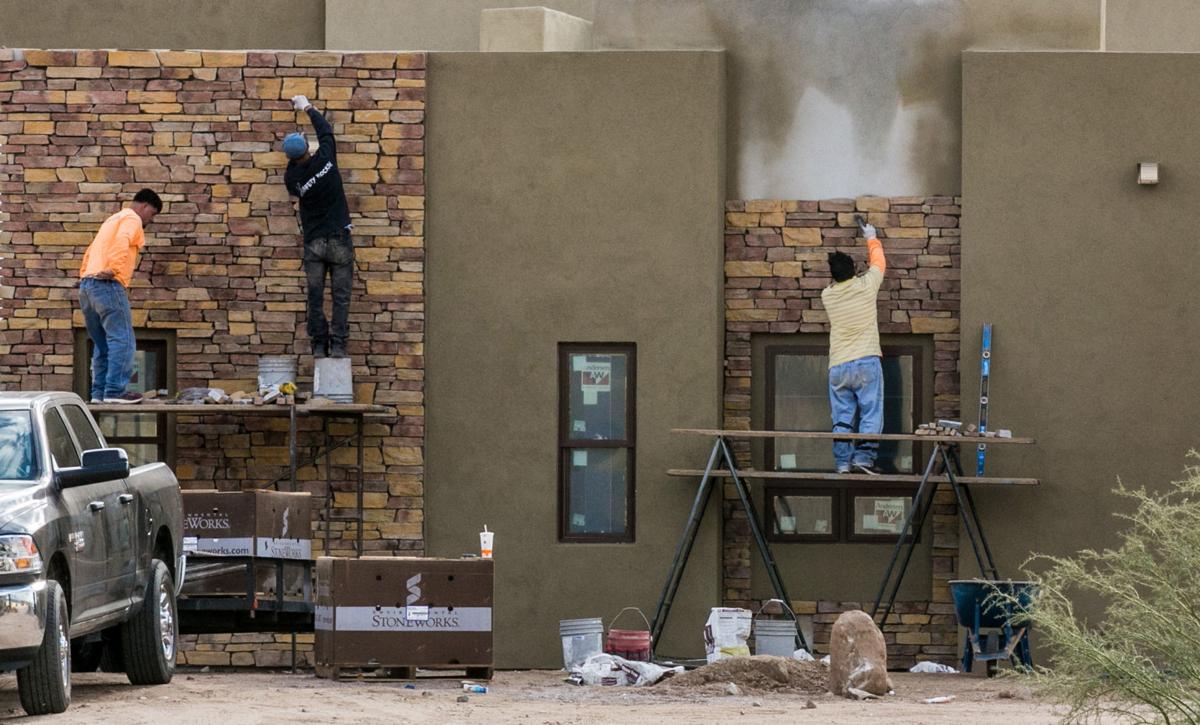Arizona’s beleaguered construction industry is finally showing some consistent signs of life.
New statewide figures Thursday show the number of people working in that sector was 12,100 higher in January than a year earlier. That’s an 8.8 percent increase, compared with a 2.7 percent boost in overall private sector employment in the state.
Doug Walls, research administrator for the state Office of Economic Opportunity, said the job gains were across all segments, ranging from new homes and offices to industrial-scale projects like road construction. And Walls said there are indicators that even better times are on the horizon.
One is an increase in new homes.
“We continue to see an upward climb for the number of permits that are being issued,” he said. Although it is nowhere near the pre-recession peak of 9,000 a month, it is back around 3,500 — far higher than when it dropped below 1,000 in 2009 and 2010.
But that’s not all. Walls said there has been a steady uptick in the price of homes being sold in the Phoenix area, which is tracked monthly.
“We do continue to see improvements and increases in housing prices, which could be an indicator for pent-up demand within the construction industry,” he said.
Still, that sector of the economy has a long way to go to recovere all the jobs lost since before the recession — assuming that is even possible.
In June 2006, construction employment peaked at 244,300. In fact, the state’s economy was so built on growth that one of every 11 jobs in the state was in construction.
By contrast, the most recent figures put construction employment at 148,900, close to 6.3 percent of all private sector employment.
The developments in construction come as the state’s jobless rate for January came in at 4.8 percent, up a tenth of a point from December but still below the same time last year when it was 5.2 percent. The state, however, lags the nation as a whole where the unemployment rate remains at 4.1 percent.
As expected, the number of people employed by private employers in January dropped by about 1.4 percent. That kind of decrease normally occurs after the Christmas season with losses in both retail trade as well as employment in bars, restaurants and hotels.
But employment in the state’s computer and electronic parts industry added another 100 jobs between December and January. Walls said that brings year-over-year employment up by 2,200 which he said is the largest annual increase in 18 years.
Overall, manufacturing employment in all sectors was down by 1,100 in January but still 7,900 above the prior year. Walls said that translates into a 4.9 percent annual growth rate, compared with 1.5 percent for the rest of the country.





